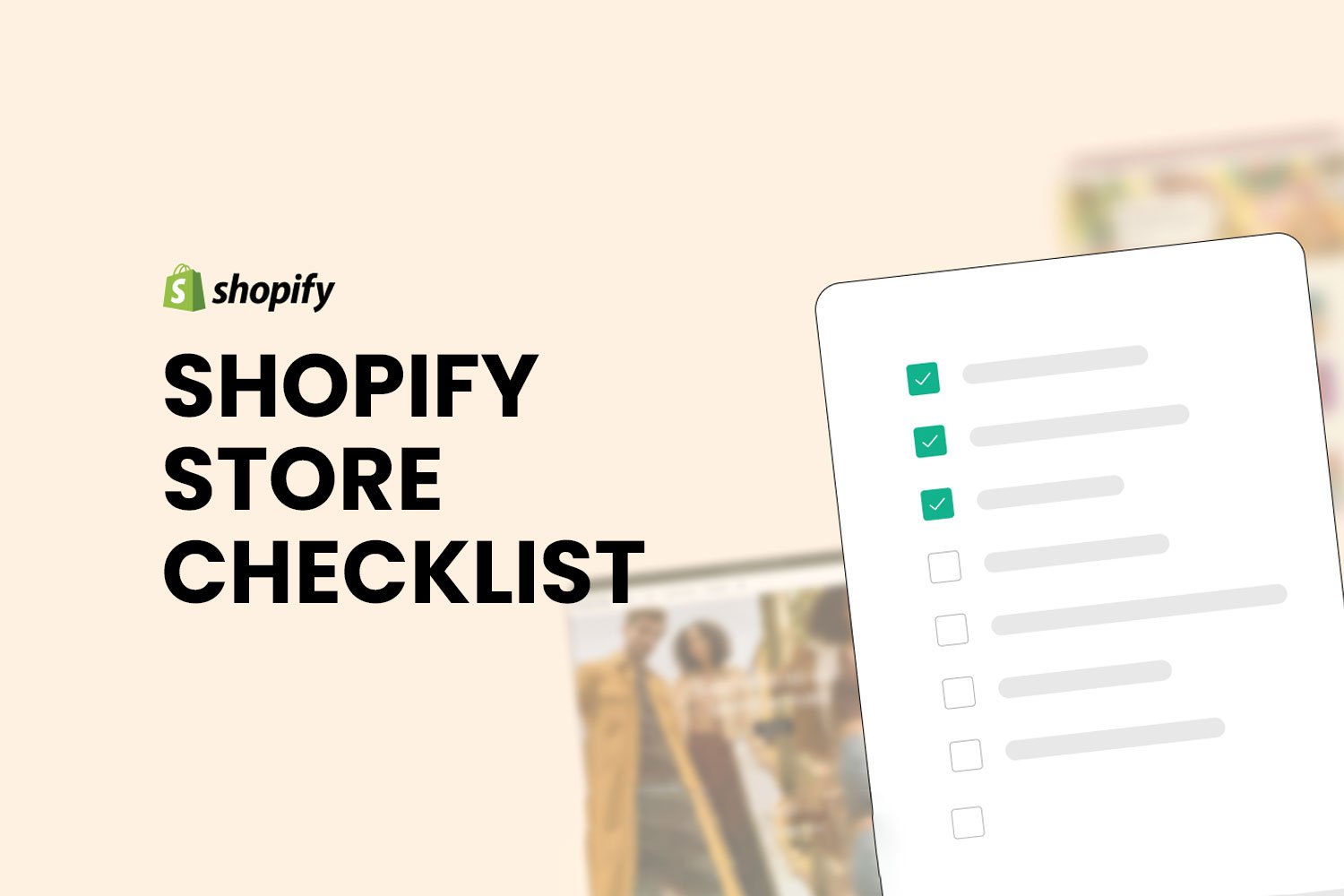Building a successful Shopify store in 2025 requires more than just good products; it demands a polished website, excellent user experience, and cutting-edge features to stand out in a competitive market. Whether you’re launching a new store or revamping an existing one, this checklist will ensure your Shopify site is optimized for performance, user engagement, and conversions. From design essentials to marketing integrations, let’s dive into the ultimate guide for creating a high-performing Shopify store.
1. Setting Up Your Store: Foundation for Success
Your Shopify store’s foundation sets the stage for everything else. Here’s what to prioritize:
- Choose the Right Shopify Plan: Evaluate your business size and needs to pick the most suitable plan.
- Set Up a Custom Domain: Strengthen your brand identity with a memorable domain name.
- Configure Store Settings: Complete payment gateways, tax settings, and shipping preferences.
- Enable SSL Certificates: Secure your website and build customer trust.
- Add Essential Policies: Include privacy, return, and shipping policies to enhance transparency.
2. Perfecting Your Design and User Experience (UX)
A visually appealing and user-friendly design encourages customers to stay longer and shop more.
- Select a Professional Theme: Choose a mobile-responsive, customizable theme that aligns with your brand.
- Optimize Navigation: Implement a clean menu and intuitive categories for easy browsing.
- Use High-Quality Product Images: Showcase products with multiple angles and zoom features.
- Customize Your Branding: Use your logo, color palette, and fonts to reflect your brand identity.
- Test Mobile Responsiveness: Ensure your store looks and works flawlessly on all devices.
3. Optimizing Product Pages for Conversions
Your product pages are the heart of your Shopify store, so make them as compelling as possible.
- Write Clear Product Titles: Use descriptive, SEO-friendly titles that highlight key features.
- Craft Detailed Descriptions: Provide accurate and engaging product information.
- Add Reviews and Ratings: Build trust with social proof.
- Highlight Shipping Details: Be transparent about shipping costs and delivery times.
- Include a Call-to-Action (CTA): Use clear CTAs like “Buy Now” or “Add to Cart.”
4. Marketing and Integrations: Driving Traffic and Sales
Smart marketing tools and integrations help you reach and convert more customers.
- Install Google Analytics: Track visitor behavior and optimize your site.
- Set Up Email Marketing: Use tools like Klaviyo or Mailchimp to nurture leads.
- Enable Social Media Sharing: Add share buttons for Facebook, Instagram, and Pinterest.
- Leverage SEO Tools: Optimize product pages and blogs for search engines.
- Integrate Chatbots: Enhance customer service with AI-powered tools like Tidio or Shopify Inbox.
5. Performance and Security Essentials
A fast and secure Shopify store is crucial for customer trust and satisfaction.
- Speed Test Your Website: Use tools like GTmetrix to identify and fix slow-loading pages.
- Enable Automated Backups: Protect your data with regular backups.
- Use Reliable Hosting: Ensure your hosting plan can handle high traffic.
- Install Fraud Detection Tools: Safeguard your store against fraudulent transactions.
- Regularly Update Apps and Themes: Keep your site secure and functional.
At WebOstack, we understand the importance of creating a seamless Shopify experience. Our commitment to quality and affordability ensures your store meets the highest standards, helping you achieve your business goals efficiently.
Ready to elevate your Shopify store to the next level? Contact WebOstack for expert assistance.
FAQs
1. What is the best Shopify plan for small businesses?
The Basic Shopify plan is ideal for small businesses, offering essential features at an affordable price.
2. How do I improve the loading speed of my Shopify store?
Optimize images, use a fast theme, minimize app usage, and leverage tools like Shopify’s CDN to improve loading times.
3. Can I use AI tools with my Shopify store?
Yes, Shopify supports various AI-powered tools, including chatbots, personalization apps, and analytics platforms.
4. What are some must-have apps for a Shopify store?
Apps like Klaviyo (email marketing), Yotpo (reviews), and Oberlo (dropshipping) are excellent for most Shopify stores.
5. How do I drive more traffic to my Shopify store?
Focus on SEO, run targeted social media ads, and use email campaigns to attract and retain customers.


